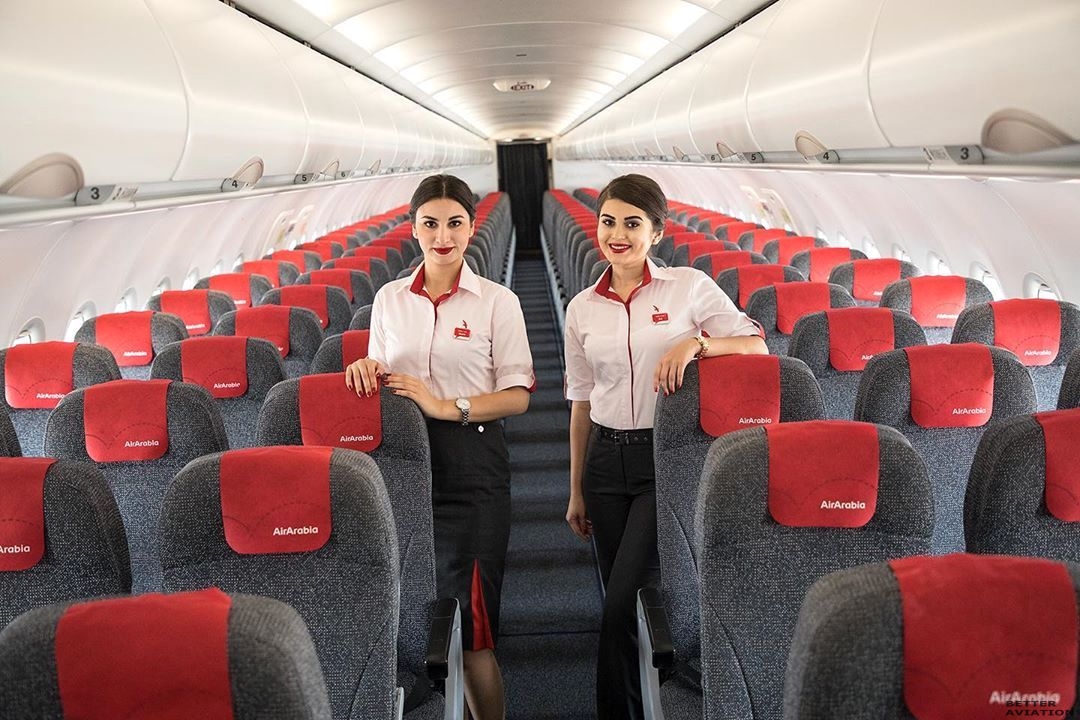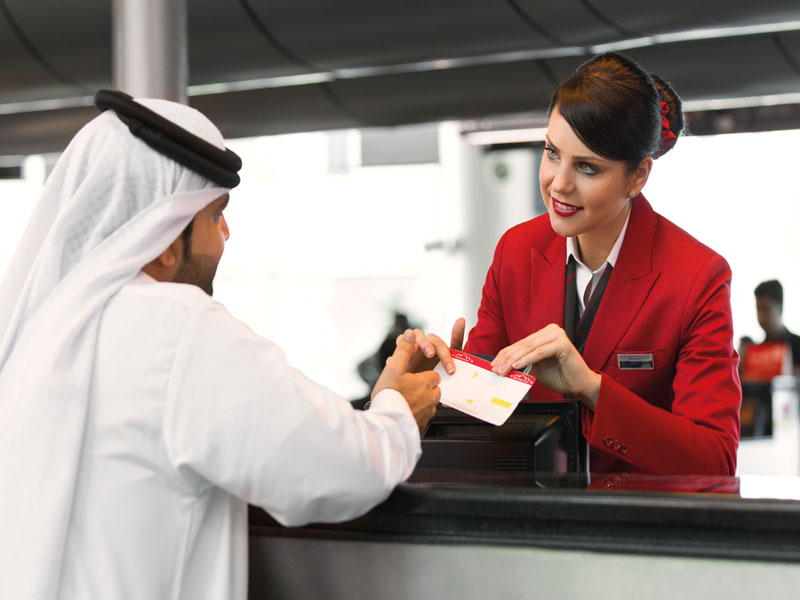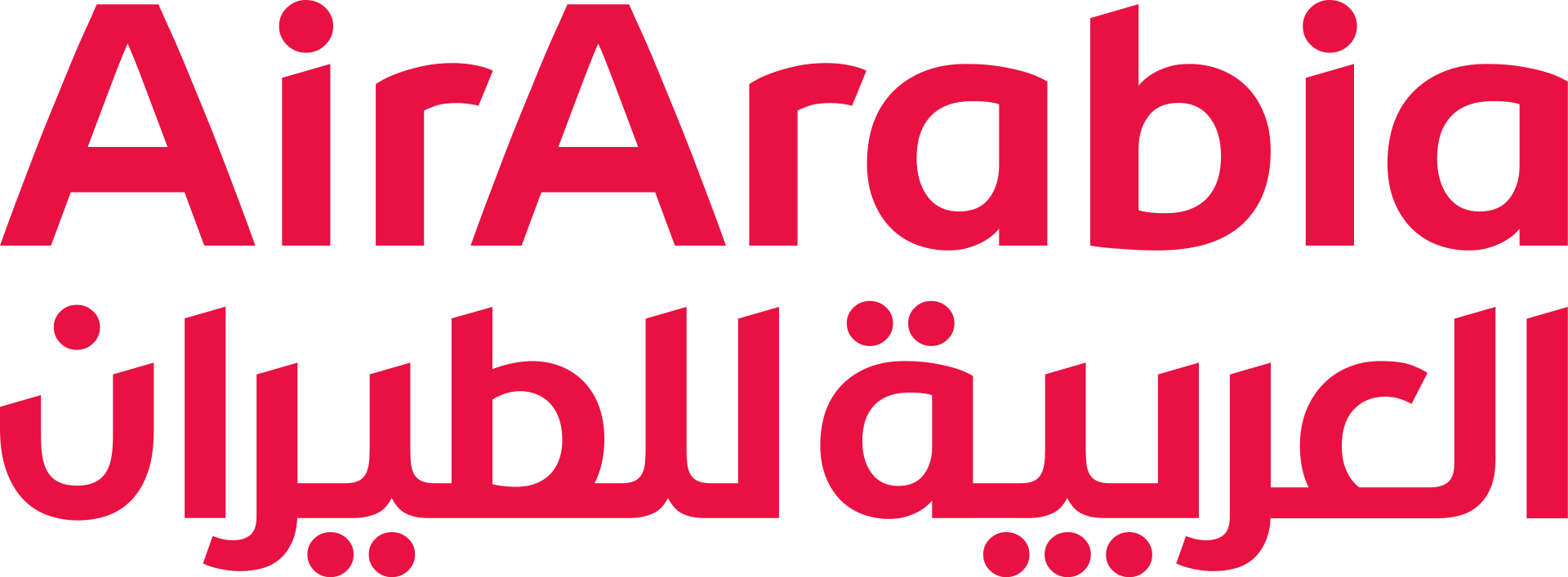Executive Summary
Air Arabia is one of the low-cost carriers in the United Arab Emirates. The firm mainly operates in the MENA region and the Indian continent. In this marketing plan paper, the researcher has identified the major strengths and weaknesses of the company. Also discussed are the opportunities and threats in the market. The plan emphasizes the need for the company to invest in marketing, the promotion of its brand, and the need to recruit and maintain a team of highly dedicated employees capable of meeting the expectations of customers.
Current Marketing Situation
The aviation industry in the United Arab Emirates has registered impressive growth over the past two decades because of the growing relevance of the city of Dubai as a leading global tourist destination and an economic hub. The increasing movement of people and out of the UAE has led to the rapid growth of the industry. Air Arabia is one of the airlines that are currently operating various routes in and out of the country. The firm has to compete against two dominant airlines in the region, Emirates and Etihad Airways (Mills, 2017). There are other smaller players in the industry, such as Flydubai, Falcon Aviation Services, and Gama Aviation, which are also battling for the same market. Some of these airlines target a specific niche of the market with a unique product offering. This marketing plan seeks to find ways through which Air Arabia can achieve sustained growth in the market despite the existing challenges.
Market Description
The aviation market in the UAE is one of the most robust in the region. According to Katsioloudes and Abouhanian (2017), there has been a deliberate effort by the government to diversify the economy of the country and to reduce overreliance on the oil and gas industries. Tourism, real estate, construction, trade, and other service sector industries have received a major boost from the government (Mills, 2017). These industries are directly supported by the aviation sector that helps in facilitating the movement of people in and out of the country. The government has made direct investments in various airlines to ensure that this industry achieves impressive growth. It has created a competitive environment where local airlines have to compete against some of the leading global air companies such as British Airways, KLM, Delta
Airlines, and Qantas. The market has peak and off-peak seasons that the management of this firm must understand.
Product Review
The primary product that Air Arabia offers to its customers is travel services. According to Taneja (2017), most of the flights that this company makes are within the Middle East and North Africa, (the MENA region). The company has a considerable fleet of planes meant to facilitate the movement of passengers. Figure 1 below shows two of the cabin crew members of the company ready to welcome passengers. The company has catering services for its passengers on all routes out of the country. Such strategies are often meant to improve customers’ experience (Wirtz et al., 2014). Air Arabia also offers cargo services to its customers within the same route.

Competitive Review
Competition in this industry is relatively stiff. Air Arabia has three major rivals in the local market: Emirates, Etihad Airways, and Flydubai. As a low-cost carrier, the firm has to fight for customers in the same segment with flydubai, which is another budget carrier (Taneja, 2017). It is important to note that locally, Emirates and Etihad Airways have developed strong presence, and they are trusted regionally and in international markets. The other two airline companies are barely known in international markets. Apart from these local airlines, Air Arabia also has to contend with competition from regional and international players. Within the MENA region, the leading players include Qatar Airways, Gulf Air, Oman Air, Saudi Arabian Airline, and Royal Jordanian Airline (Mills, 2017). The industry has also attracted international players discussed above. The UAE government has created a platform where all the local and international airlines can compete fairly in the market.
SWOT Analysis
It is important to use the SWOT model to analyze Air Arabia’s strengths, weaknesses, opportunities, and threats. The model will help the management to plan how to take advantage of the existing market opportunities with the help of its strengths, while overcoming its weaknesses and managing market threats. The analysis will enable the management to determine areas that need attention.
Strengths
The financial muscle of Air Arabia is one of the main strengths of the company. The company has remained profitable for years, generating enough revenue to support its expansion programs (Pattillo, 2019). The firm has diversified its product portfolio as a way of increasing revenue. It also offers tour and travel services to customers visiting the UAE. The management of this airline has used joint venture as a way of expanding the market for this firm. It has a joint venture with airlines in Egypt, Jordan, Morocco, and Nepal. The strategy is to enable it to carry passengers who may want to travel on routes that Air Arabia does not currently offer. It also has a board of management, supported by the government, to help it make strategic growth plans.
Weaknesses
The company has some weaknesses that the management will need to address to ensure that it achieves sustained growth. One of the major issues that the management will need to address is the weak brand name and image. The brand name Air Arabia is barely known in the regional and international market. Those who know about it associate it with low-quality serviced because it is a low-cost carrier. The firm should work on strengthening the brand. The limited route that it covers is another challenge. The company cannot take advantage of the growing number of people visiting the UAE from Europe, North and South America, parts of Sub-Saharan Africa and the Far East.
Opportunities
The market offers various opportunities that the company should take advantage of as it seeks sustainable growth. One of the main opportunities is the growing tourism industry in the country. As a firm that has diversified its product offerings to include tour services, the growing tourism sector offers it expansion opportunity. The increase in the population of the middle class in MENA region and in India has also offered it growth opportunities (Taneja, 2017). People using air travel services have been on the rise over the years. The growing relevance of Sharjah as a major business hub and transit corridor in the region also provides more opportunities for Air Arabia to expand.
Threat
While taking advantage of the opportunities above, the company should be aware of the threats that may derail its development programs. One of the main threats in the market is stiff competition. As discussed above, Air Arabia has to fight for the market share with formidable local and international rivals. The aviation sector in the Middle East also faces threat of a possible attack by extremist groups such as ISIS and Al Shabab. These terror groups are currently targeting airlines to achieve their goals. The fluctuating oil prices may also affect the profitability of the firm. Table 1 below summarizes these factors:
Table 1: SWOT Analysis
Objectives and Issues
The issue that Air Arabia faces is that its capacity to achieve rapid growth in the market is curtailed by various challenges, top of which is stiff market competition. It is critical for the management to find ways of overcoming these challenges to ensure that it is not confronted with a negative market growth. According to Taneja (2017), the aviation industry is very volatile and when a firm fails to find a way of achieving sustainable growth, it can easily be pushed out of the market. For that matter, the management of this company should take into consideration the following objectives as defined in this marketing plan:
- To identify the main threats that Air Arabia faces in local and regional markets as it seeks to expand its market share.
- To identify opportunities that the company can take advantage of to achieve growth.
- To analyze Air Arabia’s core competencies as it seeks to diversify its products portfolio.
- To select an appropriate marketing strategy that the firm can use to strengthen its brand in local and international markets.
Marketing Strategy
The marketing strategy that this firm should employ to manage stiff competition and other challenges discussed above can be analyzed on the basis of various marketing mix elements. In this section, the marketing plan focuses on the extended marketing mix elements to determine how this company can achieve sustained growth.
Products
The first element in this mix is the product. Air Arabia offers air travel services to its customers. The company has expanded the portfolio of its products to include cargo transportation, tour and travel. This level of diversity will help it increase its revenue stream. The current focus of the firm should be the strengthening its position in each of the segments where it products are offered. As Kotler and Armstrong (2010) note, the product should be of the right quality that meets the expectations of its customers.
Price
Air Arabia has positioned itself as a budget carrier, which means that its customers associate it with low cost. It may be unnecessary to change its pricing strategy as a sign that it has improved quality. Instead, the management should focus on explaining to its customers why it is charging lower prices for the tickets (Wirtz et al., 2014). Customers need to understand that the company seeks to make air travel services affordable to everyone and that the low cost has nothing to do with poor quality.
Place
Making a firm’s products available to customers at the right place and in the right time is another factor that defines its success. This airline has chosen the MENA region and parts of India as its primary market. The growing middle class in India and other parts of MENA offers an attractive market. Instead of struggling to expand to other markets, this firm should focus on dominating this region through quality products and competitive pricing.
Process
The process of delivering the product to customers also determines their level of satisfaction. The company needs to train its employees on customer service. They should be kind and courteous when handling customers. Figure 2 below shows a customer care officer helping out one of the customers. The primary goal should always be to ensure the client is happy with the service, as shown in the image.

People
The staff of a company plays a critical role in its ability to achieve success in the market. They are responsible for implementing company policies and are in constant interaction with customers. The management of Air Arabia should be keen on employing highly talented workers. They should then be trained on how to handle customers. Attractive remuneration will ensure that there is low employee turnover.
Promotion
The analysis of the firm revealed that one of the main issues that the management should address is its weak brand in the market. Figure 3 below shows the brand logo that Air Arabia uses. The marketing department should use mass and social media to create awareness of this brand name, logo, and products that it offers.

Physical Evidence
The environment where Air Arabia offers its services should meet the expectations of customers. According to Katsioloudes and Abouhanian (2017), cleanliness of the seats, comfort that customers get, and the general ambience matters a lot. As shown in figure 1 above, the firm has been keen on addressing these issues. However, there is always a room for improvement.
Positioning
The services of the company have been positioned on the basis of pricing, a low-cost carrier. India has a population of over 1.35 billion people, with a large population being in the middle class (Finger & Button, 2017). As such, the positioning strategy of these products will be appealing to the customers. Despite the positioning approach that the firm has taken, it should emphasize on the quality of products to its customers to dispel the perception that they are of low quality.
Distribution Strategy
Distribution is another element of the marketing mix that the management of Air Arabia has to consider to achieve sustainable growth. Like many other firms in the aviation industry, this company has introduced online booking of its products. The strategy makes it easy for these customers to access services that the company offers. The current market coverage is large enough to sustain its operations and growth.
Communication Strategy
The last element in this mix is the communication strategy. Katsioloudes and Abouhanian (2017) advise that a firm should have an effective system of communicating with its customers. Air Arabia has a call centers where its employees receive calls from customers and respond to issues that they may have, as shown in figure 4 below. The marketing department may need to ensure that the firm increases its presence in the social media platforms.

Marketing Research
The aviation industry is one of the most dynamic markets because of the stiff competition with global players. Air Arabia should maintain a regular market research to understand the changing trends and customers’ preferences. Understanding customers’ expectations on a firm helps the management to redefine its product offering, as Taneja (2017) observes. Conducting online surveys may be one of the strategies that the company can use to collect information that it needs about the market. A more effective approach is to develop a simple questionnaire, distribute it to customers, and then request them to fill them before disembarking from the plane. They should be requested to explain their experience when using the firm’s services and areas that they feel needs some improvement.
Marketing Organization
The organization needs to invest in marketing itself both in the local and global market. The management should choose various strategies of marketing itself to the market. One of the ways should be through promotional campaigns. Using both mass and social media, it should create awareness about its brand, products, and competitive pricing. The company can also consider engaging in corporate social responsibility as a way of increasing awareness of its brand. Such programs may not yield direct financial benefits, but it endears a firm to a given community (Kotler& Armstrong, 2010). The firm should also invest in public relations. It should get actively involved events of national interest in positive ways. Whenever there is a major complaint from a customer or a group of customers, the public relations department should address the issue in a sincere way.
Action Programs
In this section, the focus is to discuss how the management of Air Arabia should turn marketing strategies above into specific action programs. The first action program is market research that should be done a team of outsourced marketing experts within the first 6 months of the next financial year. It should cost $88,000. The second action program is to develop and place advertisements in mass and social media platforms. It will cost the firm about $120,000 and it should run for the entire financial year. The third major action program will be to train all employees in the marketing department so that they can understand emerging trends.It should be conducted within the first two months of the next financial year. The company should work closely with local institutions of higher learning to facilitate the training of the employees at a budget of $110,000.
Budgets
Each of the activities will need financing to ensure that they are completed as per the expectations of the management. Table 1 below is a budget showing projected expenses, sales, and when the firm is expected to break-even.
Control
The management of this company should be responsible for controlling activities. Table 1 above demonstrates specific goals that need to be realized in each quarter based on the action programs and their respective budgets. The management should conduct regular reviews during each quarter to ensure that every stipulated activities is completed as per the budget and expectations of the marketing department. The control unit should be keen to identify any deviations and suggest measures that can help correct them.
References
- Finger, M., & Button, K. (Eds.). (2017). Air transport liberalization: A critical assessment. Edward Elgar Publishing.
- Gross, S., &Lück, M. (Eds.). (2016). The low cost carrier worldwide. Routledge.
- Katsioloudes, M., &Abouhanian, A. K. (2017). The strategic planning process: Understanding strategy in global markets (2nd ed.). Routledge.
- Kotler, P., & Armstrong, G. (2010). Principles of marketing. Pearson Prentice Hall Limited.
- Mills, G. (2017). The airline revolution: Economic analysis of airline performance and public policy. Routledge.
- Pattillo, D. (2019). General aviation industry in America: A history. McFarland.
- Taneja, N. K. (2017). Airline industry: Poised for disruptive innovation? Edward Elgar Publishing.
- Wirtz, J., Chew, P., & Lovelock, C. (2014). Essentials of services marketing (3rd ed.). Pearson Prentice Hall Limited.
